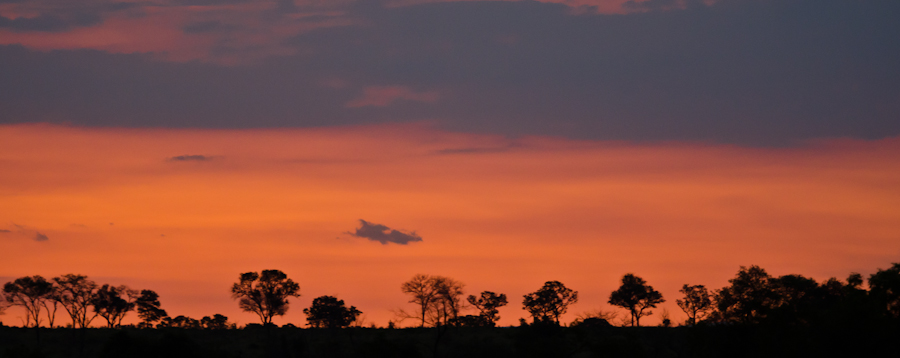substituting shooting
on Jan 30, 2012With new technology being released on a daily basis, it is always difficult to decide what to buy or whether one should change to the competitor or not. I have recently been faced with this dilemma and eventually, after much deliberation, came to the conclusion that Nikon was the way forward. My camera of choice for now is the D7000 with the 70-200 F2.8 VRII. With a 16.2 mega pixel sensor, the quality of the photos are incredible, allowing you to crop off a lot of the image if you were lacking the zoom necessary to get right in there. Due to the high mega pixels there is almost no loss of quality but this will change according to how big you want the image to be. The image below of the Daisy is a great example of how I used cropping to create a photo with a lot more feeling.
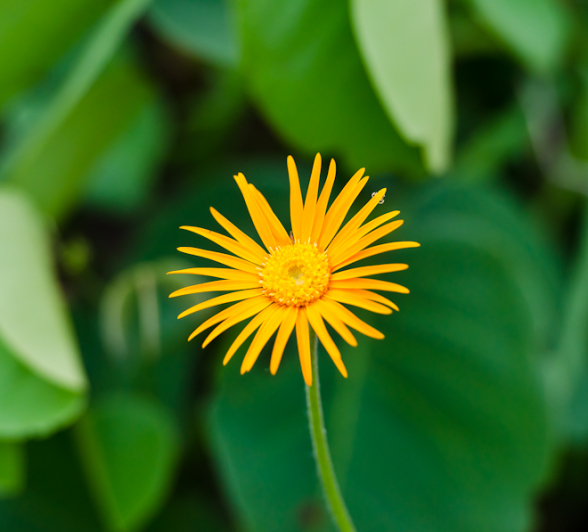
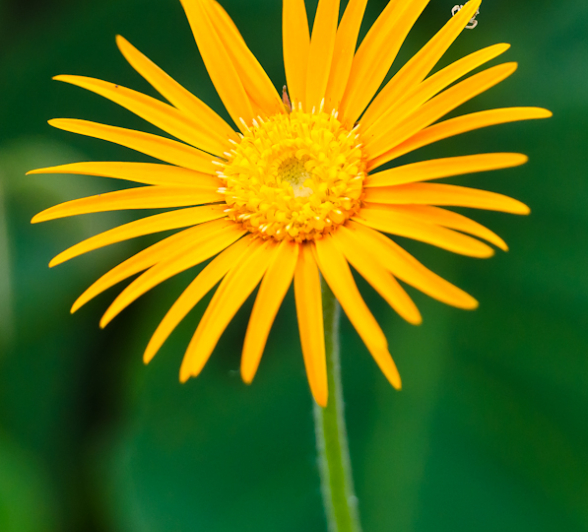
The very fast 70-200 F2.8 VRII lens is ideal for wildlife photography and is even better in low light situations. When the aperture is open to its fullest, the depth of field captured in the photo is limited which can create a great effect by bringing attention to the area in focus as in the photo of the Hinge Back Tortoise. The added 4-stop stabiliser assists in capturing the pin sharp images that every photographer strives for, like a Wahlbergs Eagle flying through the sky.
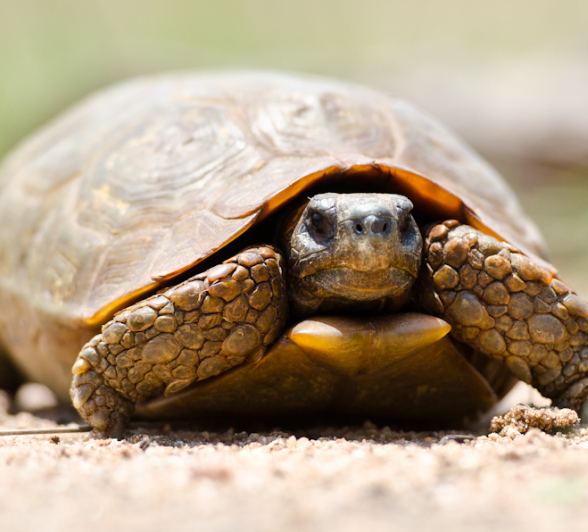
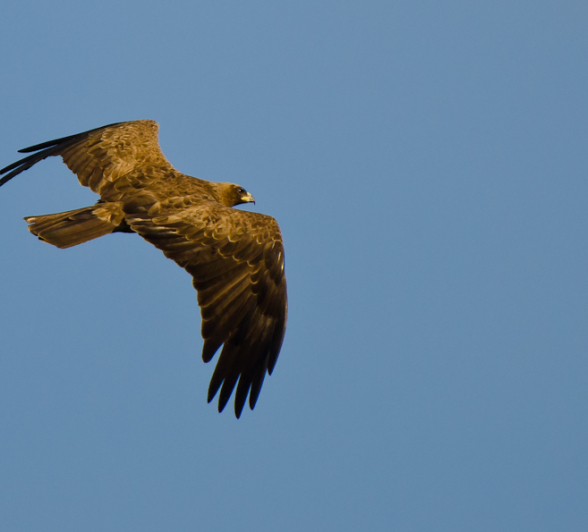
Normally, the use of a teleconverter would cause an issue as this maximum aperture is halved in order to get the zoom necessary for the particular photo that is trying to be taken. With the fact that the 70-200 F2.8 VRII lens is such a fast lens, the addition of a 1.4x converter has very little impact. The aperture drops to F4, which still allows enough light to get fast shutter speeds, ensuring a clean, crisp photograph! The addition of the 1.4x converter effectively extends the lens to a 280mm lens and when you add in the 1.6x crop factor of the camera body will give you about 450mm of zoom.
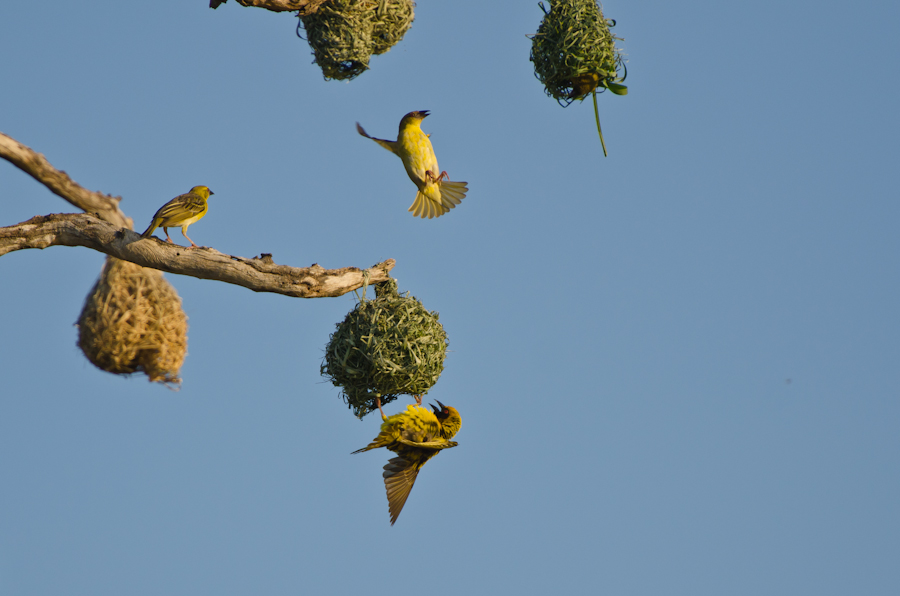
Nikon is well-known for its low light photographing capabilities. Taking photos at high ISO’s with minimal loss of quality is a major plus especially in wildlife photography where a lot of your action snaps happen at dawn and dusk hours when the light is not all that great. Although the D7000 is not as effective as the professional models, it still has fantastic abilities to take great photos in low light. Below is the perfect example of a leopard photographed at dusk and was taken at 5000 ISO. Most other cameras would have been placed back in their bags to wait until the next day!
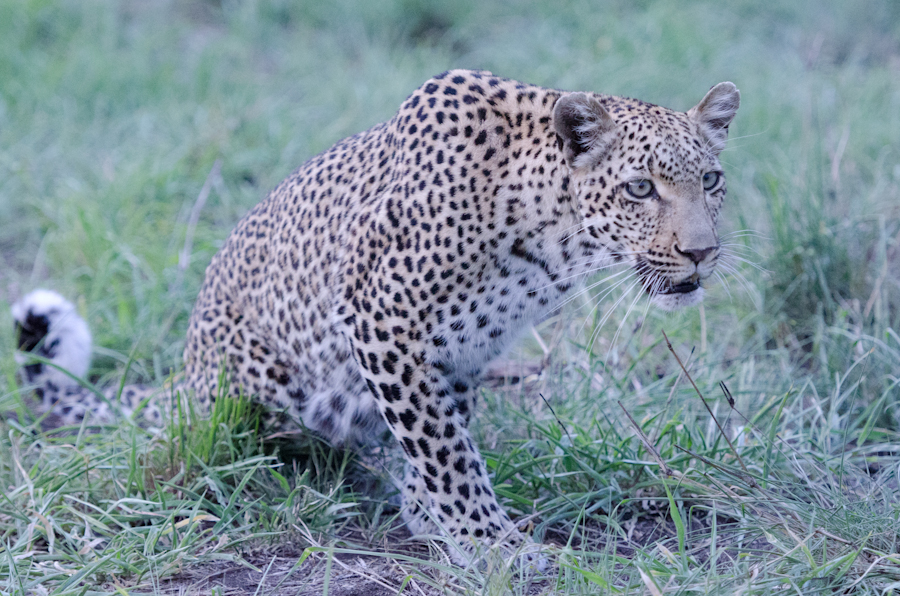
The other major advantage is the video function, with full 1080 High Definition video this camera cannot only capture the moment, it can capture a string of events in full HD. It also boasts the ability to autofocus while recording. Most cameras on the market currently have to be manually focused and with 3D tracking it will hold the focus on the moving objects you are recording.
What else can I tell you besides the fact that this change has been nothing other than great and look forward to a long relationship with all my new equipment!
